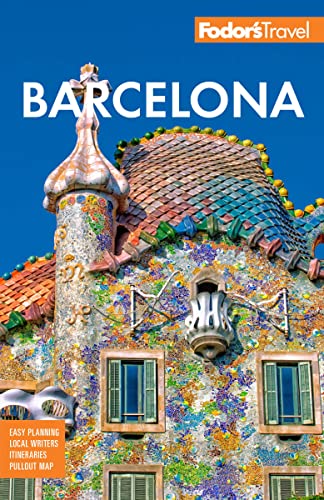Gràcia is a state of mind. More than a neighborhood, it is a village republic that has periodically risen in armed rebellion against city, state, and country; its jumble of streets have names (Llibertat, Fraternitat, Progrès) that invoke the ideological history of this fierce little progressive, working-class enclave.
The site of Barcelona’s first factory collectives, it was fertile ground for all sorts of radical reform movements, as workers organized and developed into groups ranging from anarchists to feminists to Esperantists. Once an independent village that joined the municipality of Barcelona only under duress, Gràcia attempted to secede from the Spanish state in 1856, 1870, 1873, and 1909.
Lying above the Diagonal from Carrer de Còrsega all the way up to Park Güell, Gràcia is bound by Via Augusta and Carrer Balmes to the west and Carrer de l’Escorial and Passeig de Sant Joan to the east. Today the area is filled with hip little bars and trendy restaurants, movie theaters, outdoor cafés, gourmet shops and designer boutiques, and the studios of struggling artists: this is where Barcelona’s young cohort, want to live, and come to party. Mercé Rodoreda’s novel La Plaça del Diamant (translated by the late David Rosenthal as The Time of the Doves) begins and ends in Gràcia during the August Festa Major, a festival that fills the streets with the rank-and-file residents of this always lively, intimate little pocket of general resistance to Organized Life.






